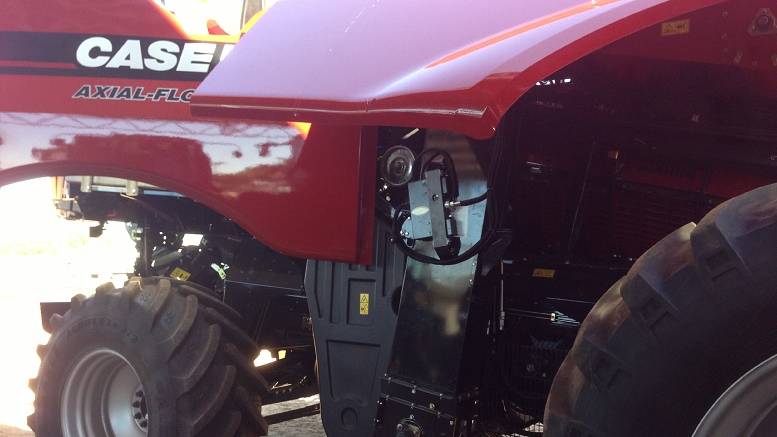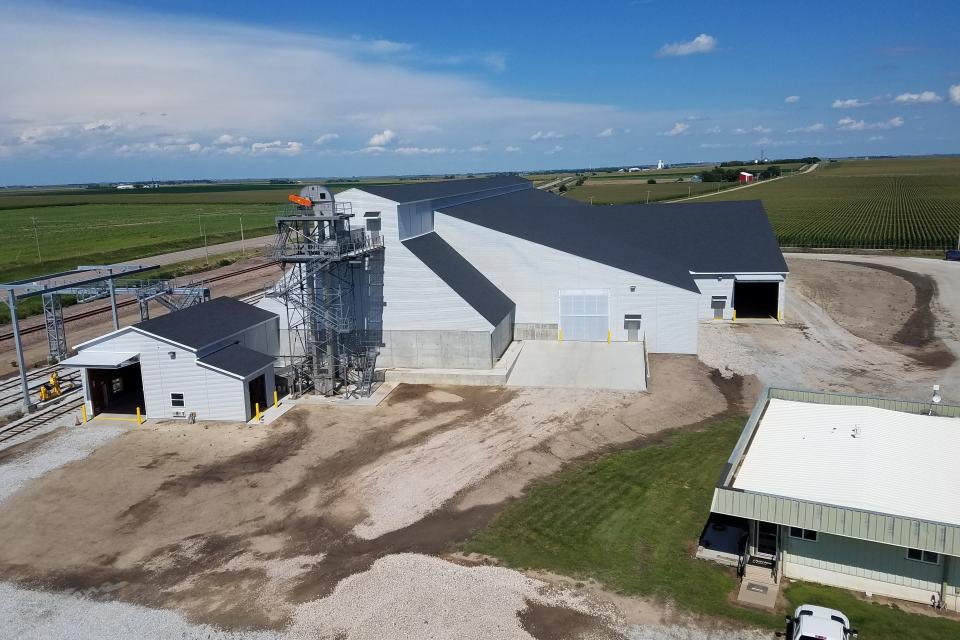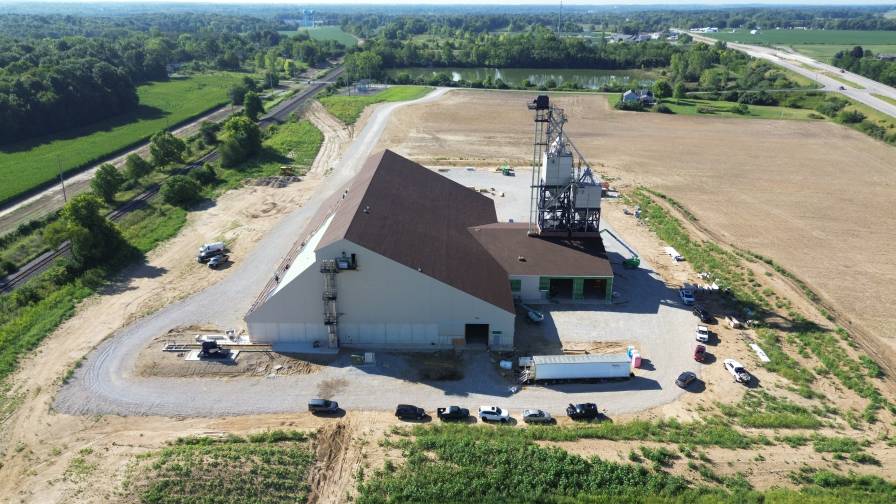Top 3 Major Drivers Outlining Agriculture Equipment Market Trends
Globally, agriculture equipment market is depicting immense traction owing to the growing populace and consequent need to enhance yield in order to meet the demand for food. Additionally, a rise in purchasing power among people, rapid industrialization, and the demand for high-quality packaged food items is magnifying the market prospects in the coming years.
Favorable initiatives are being undertaken by the governments to improve the condition of the agriculture industries, particularly in the emerging nations since the economy mostly depends on the sector. These initiatives include tax rebates, raw material subsidies and easy loan facilities, among various others.
In an era mainly dominated by the Internet of Things, components such as autonomous farm equipment is gaining widespread popularity. Smart solutions, use of UAVs and robots, and machine learning are ushering a new age in agriculture and in most of the developed parts of the world, the adoption of smart and digital farming is gaining popularity. Described below are some of the important factors anticipated to influence agriculture equipment market share over the next few years.
1. Surging Demand for Food Crops
Increasing need for agricultural produce is majorly propelling the demand for planting and fertilizing equipment as compared to manual fertilizing and planting techniques. Reportedly, over 2020-2026, planting and fertilizing equipment segment is expected to showcase a notable CAGR of 6%. Self-propelled spreaders and sprayers ensure faster and organized operation and cover a large area per day.
These machines guarantee a uniform distribution of nutrients and protectants that help in reducing the overall cost and improving the crop yields. There are different types of machine-operated sprayers that are low-pressure, high-pressure, fogger and air-carrier variants. Sprayers are available as manual, tractor-mounted, and aerial types. Trailed or mounted sprayers provide numerous advantages to modern farmers ensuring improved versatility in operations.
2. Advanced U.S. Agriculture Sector
Improved economic conditions and initiatives undertaken by the government in North America to enhance the agricultural yield is a major factor supporting the regional industry growth. Statistically, revenue generated by North America agriculture equipment industry is likely to cross USD 45 billion by 2026.
Growing consciousness among people in the region regarding the need to shift to organic, chemical-free food products to ensure healthy living is driving the farmers to adopt technically advanced tools. In the U.S., most of the tractors, harvesting tools, large farms, and haying tools are sustainable and comply with the environmental regulations.
The farmers are also deploying combine harvesters, drills, spreaders, and specialty tractors to improve their productivity. These machines are furnished with GPS tracking systems and other telematics to collect necessary data on climate, temperature, speed of the tractor, and other parameters.
3. Increasing Adoption of Haying Machinery
The haying machinery market shipments is expected to grow at a CAGR of 2% through 2026 due to the growing demand for mower conditioners in the process of farming. Mower conditioners mow cleanly and maneuver quickly in order to accelerate the hay and forage making process. These are developed with durable parts to stand extreme conditions for daily use.
Balers on the other hand are also widely used in the process of precision agriculture owing to companies working on developing the functionalities of balers. In the year 2017, Vermeer – an agricultural OEM, unveiled baler ZR5 which was a design influenced by zero-turn mowers to ensure an improved turn radius in the field.
Agriculture equipment manufacturers are constantly aiming at improving their product portfolio to enhance the crop yield and help the farmers meet the growing demands for fruits and vegetables in a sustainable and uniform manner.






